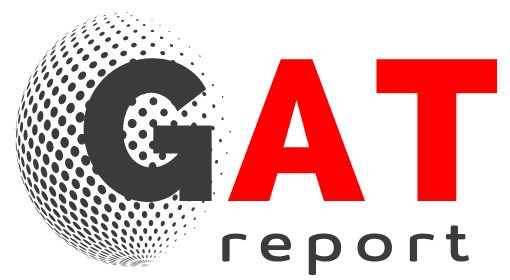On June 15, a French-led scientific mission will leave Brittany to map the thousands of radioactive waste barrels dumped in the northeast Atlantic in the past fifty years. It will also assess the impact of such a large amount of radioactive waste on marine ecosystems. Dumping radioactive material in the ocean had long been considered a safe way to dispose of it. The practice is now banned, but until the 1990s several European countries – including France and the UK – dumped thousands of radioactive barrels in the Arctic, Atlantic, and Pacific. The highest concentration is in the northeast Atlantic, where approximately 200,000 barrels are located at a depth of 4,000 meters.
The scientific mission – composed of nuclear physicists, oceanographers, marine biologists, and chemists – will use an autonomous underwater robot to check large seabed areas and detect the barrels. The robot will also take photographs to assess the barrels’ condition and their impact on the surrounding environment. The submerged barrels have a lifespan of between 20 and 26 years, which means they are now beyond their expiry date and may represent a potential environmental hazard. However, they contain low- and medium-level radioactive waste that should gradually lose its radioactivity over time. But the time of such loss varies according to the type of atom and radionuclide. For instance, it is just two years for caesium 134 and nearly 30 years for caesium 137. Scientists also have no idea how radionuclides behave in the oceans, especially in an environment as extreme as the deep ocean. The French mission will try to clarify these aspects and provide a better understanding of the impact of radioactive waste on the marine environment.
French mission to map radioactive waste in the Atlantic
Type of event:
Nuclear waste, Radioactivity, Environmental pollution
June 7, 2025


